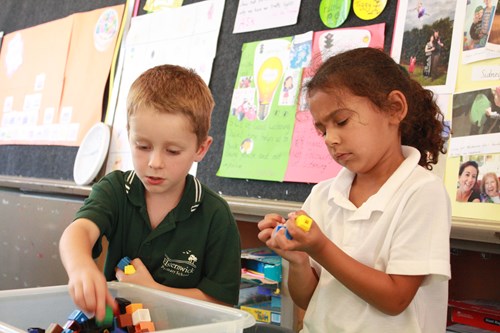Introduction
The Primary Matters newsletter, prepared by the ACARA Curriculum team, highlights news and updates on projects relating to primary education in Australia.
In this issue of Primary Matters, we explore the Critical and Creative Thinking general capability; look at how Springfield Anglican College teachers are developing problem-based STEAM units; introduce our new Curriculum Specialist, Digital Technologies – Kim Vernon; and showcase our recently updated Australian Curriculum website. We hope you enjoy reading this newsletter.
In this issue of Primary Matters, we look at the Critical and Creative Thinking capability, which is one of the seven General capabilities described within the Australian Curriculum. This capability and its associated learning continuum detail the skills students require to become creative, innovative and analytical citizens of the future.
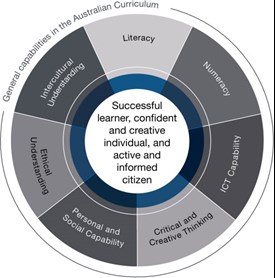
‘The explicit teaching and embedding of Critical and Creative Thinking throughout the learning areas encourages students to engage in higher order thinking. By using logic and imagination, and by reflecting on how they tackle issues, tasks and challenges, students learn to select from a range of thinking strategies and employ them selectively and spontaneously in an increasing range of learning contexts.’ ACARA 2013, General capabilities in the Australian Curriculum
Critical and Creative Thinking is organised into four elements:
- Analysing, synthesising and evaluating reasoning and procedures
- Inquiring – identifying, exploring and organising information and ideas
- Generating ideas, possibilities and actions
- Reflecting on thinking and processes.
These elements are further expanded into discrete sets of skills intended to develop critical and creative thinking in students as they study the content of the learning areas.
Critical and Creative Thinking project
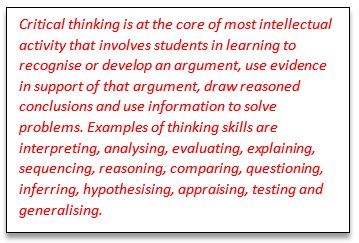 ACARA is working with teachers from across Australia to develop illustrations of practice, which demonstrate a range of approaches that may be taken when embedding the General capabilities into classroom practice. In May 2017 a team of teachers worked with curriculum specialists in all learning areas to develop teaching and learning plans, which explicitly identified ways in which Critical and Creative Thinking might be applied when teaching learning area content.
ACARA is working with teachers from across Australia to develop illustrations of practice, which demonstrate a range of approaches that may be taken when embedding the General capabilities into classroom practice. In May 2017 a team of teachers worked with curriculum specialists in all learning areas to develop teaching and learning plans, which explicitly identified ways in which Critical and Creative Thinking might be applied when teaching learning area content.
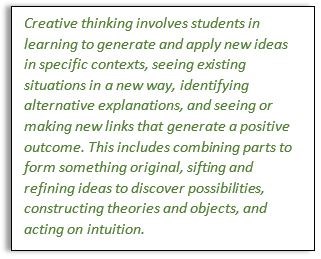 Participating teachers created teaching and learning plans within learning areas across Foundation – Year 10. Teachers identified the key skills from the Critical and Creative Thinking continuum they wished to focus on, and with the support of ACARA’s curriculum specialists embedded these into their teaching and learning sequences. Work samples are being collected to illustrate this multi-dimensional approach to implementing the Australian Curriculum. These illustrations of practice and associated artefacts will be available for teachers in the Australian Curriculum Resource section of the AC website.
Participating teachers created teaching and learning plans within learning areas across Foundation – Year 10. Teachers identified the key skills from the Critical and Creative Thinking continuum they wished to focus on, and with the support of ACARA’s curriculum specialists embedded these into their teaching and learning sequences. Work samples are being collected to illustrate this multi-dimensional approach to implementing the Australian Curriculum. These illustrations of practice and associated artefacts will be available for teachers in the Australian Curriculum Resource section of the AC website.
The primary school examples will encompass a range of learning areas across Foundation – Year 6. Each teaching and learning sequence identifies .
The units of work are outlined in the table below.
Table 1: Exemplars F–6 General capabilities in the Australian Curriculum
|
Learning area |
Topic |
Year level |
Additional general capability |
|
English |
Journal writing |
5,6 |
Personal and Social Capability |
|
English |
Reading |
4,5 |
Ethical Understanding |
|
English |
Dreaming stories |
5,6 |
Intercultural Understanding |
|
HASS |
Toys and childhood |
1 |
Ethical Understanding |
|
HASS |
Gold Rush |
5 |
Personal and Social Capability |
|
Health and Physical Education |
Personal identity |
3 |
Personal and Social Capability |
|
Mathematics |
Integers |
6 |
Numeracy |
|
Mathematics |
Fractions |
1,2 |
ICT Capability |
|
Mathematics |
Fractions |
3,4,5 |
Numeracy |
|
Mathematics |
Fractions |
1,2 |
ICT Capability |
|
Science/Technologies |
Push and pull |
F |
Personal and Social Capability |
General capabilities in action – Westminster School, Adelaide
Students from Westminster School in Adelaide developed their critical and creative thinking skills during a Year 3 Health and Physical Education unit focused on personal and emotional development. The Year 3 class worked on developing strategies to understand and identify emotions and to manage success and failure in their Personal Identity unit. The focus was on Critical and Creative Thinking, and Personal and Social Capability.
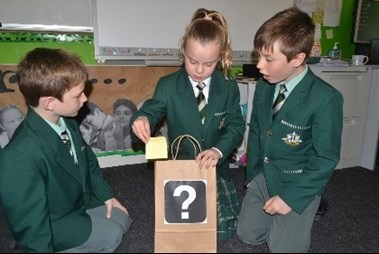
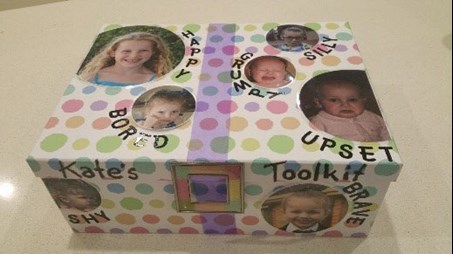
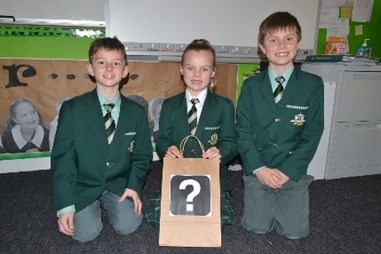
Students engaged in activities designed to support them to cooperate with partners and in small groups. During strategic questioning sessions, they worked on developing the skills of reflecting and identifying their thinking processes. They also practised identifying their emotional responses and discussing how they might respond to successes and challenges in their daily lives.
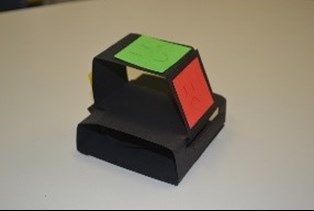
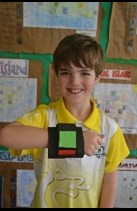
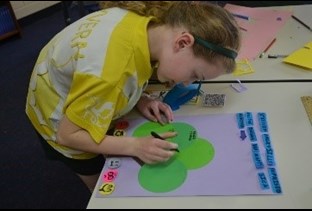
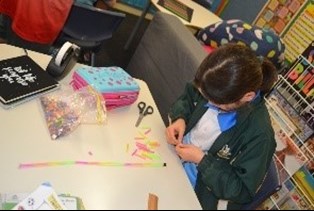
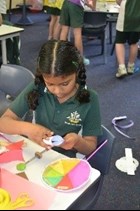
Students created toolkits of strategies they could access to support themselves to interact positively with others in a range of situations. The kits included an emotional scale that provided students with an opportunity to explore how emotions could escalate.
Working in small groups, students collaborated to create a series of interview questions for a visiting coach, focusing on different emotions athletes manage when winning or losing. The unit culminated in the creation of a multimedia presentation where students articulated what they had learnt. This presentation became a mentoring resource for younger students.
Table 2: Map of curriculum content addressed in the unit
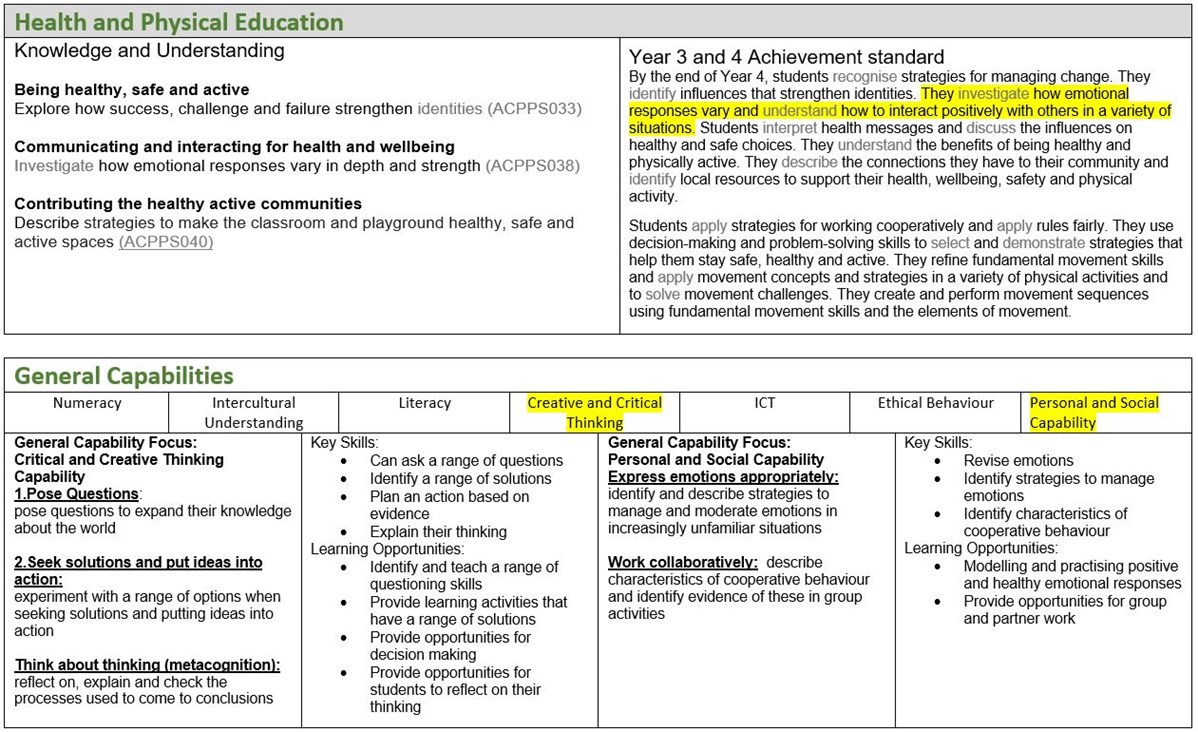
The illustrations of practice created as part of this project will be available on the ‘Resources’ pages of the Australian Curriculum website. The illustrations will include teaching and learning plans from across learning areas as well as work samples that demonstrate knowledge and understanding of achievement standards and the general capabilities.
By Laura Bain
The Springfield Anglican College has been changing the way of delivering the curriculum on the Primary Campus by developing problem-based STEAM units. This approach has engaged the students, fostered the development of 21st century skills and allowed students to see themselves as young entrepreneurs and agents of change.
In 2016, teachers at The Springfield Anglican College were considering ways to implement the new Digital and Design Technologies curriculum. One priority was to focus on the 21st century skills addressed in the General capabilities . Year 6 teachers Vanessa O’Shaughnessy and Sheryl Prins worked with eLearning Coordinator Laura Bain to find connections between existing objectives and revise a unit of work that included Digital and Design Technologies, and General capabilities. Initiatives such as STEAM and Problem-based Learning (PBL) provided a vehicle not only to deliver new priorities, but also to identify and combine existing curriculum into more connected learning opportunities for students.
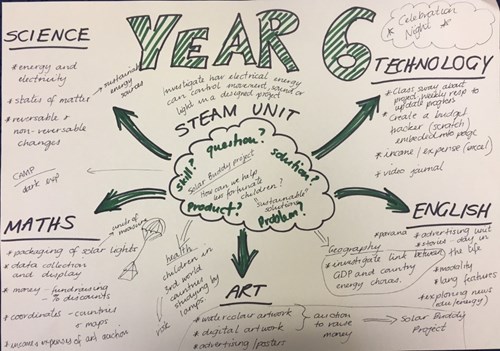
Pictured above: Teachers brainstormed ideas
An inspiring organisation
The Solar Buddy organisation provided a starting point for the unit of work, as well as an authentic story to engage the students. Solar Buddy is an Australian charity seeking to educate students about energy poverty in marginalised communities around the world. Australian school children assemble a solar-powered light, which provides an opportunity to learn about circuits, renewable energy and sustainability. These solar lights are then sent to children living in energy poverty. The gift of a solar light can enable their recipients to persue education without the need to study by harmful kerosene lamps, improving their future opportunities.
A simple idea
Simon Doble, CEO of Solar Buddy, visited the college and spoke with the students, describing the design features of the product and explaining the positive impact of a single solar light on the lives of children and families living in energy poverty. This event prompted teachers to encourage students to consider ways in which solar energy might be harnessed to address other needs and purposes. The unit then took a new direction: students stepped into the role of investigators, designers, engineers and entrepreneurs. Students formed teams, tasked with the design and development of a solar powered product that addressed a particular need or purpose.
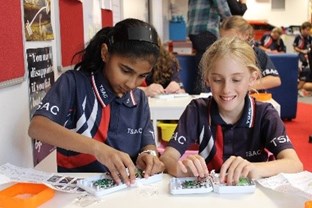
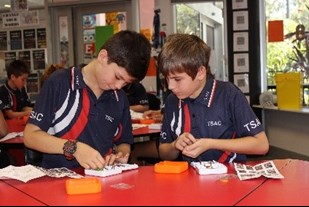
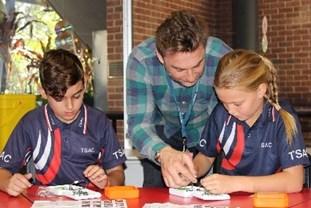
Pictured above: Simon Doble, CEO of Solar Buddy, helps studentd to build solar lights
A learning journey
Over the course of the term, integrating lessons across subjects played a part in the learning journey. For example, Science investigations explored electrical energy, simple circuits and energy sources. This learning formed a basis for student inquiry tasks into the impact of non-renewable energy sources and energy poverty.
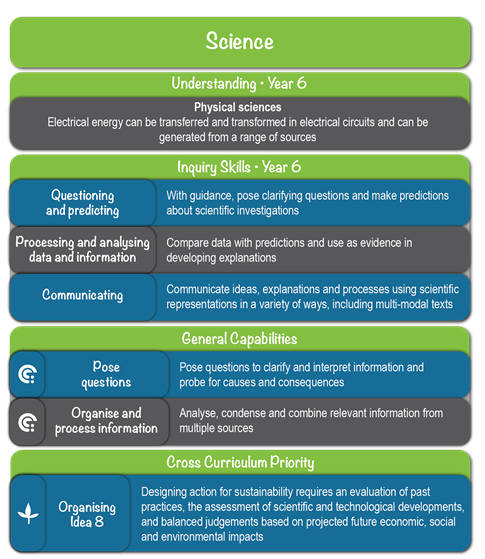
Geography lessons explored energy consumption and production in Australia and Asia. Students soon became experts on renewable energy and their individual inquiry topics.
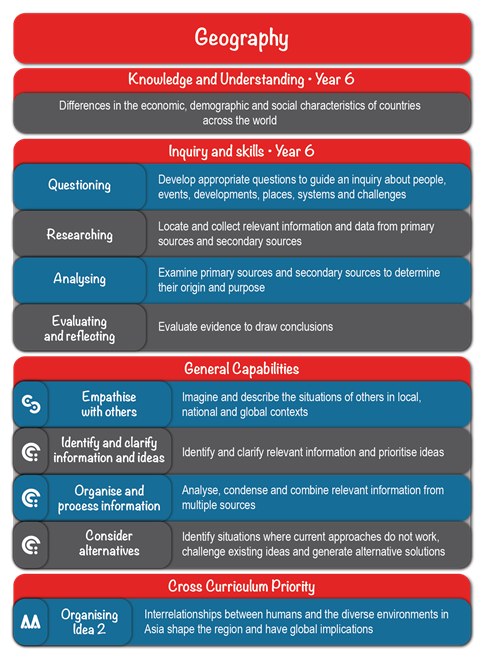
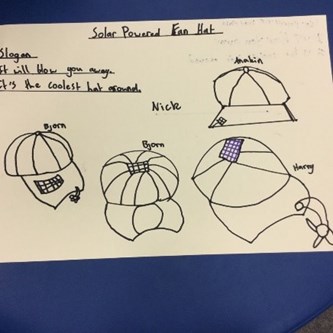
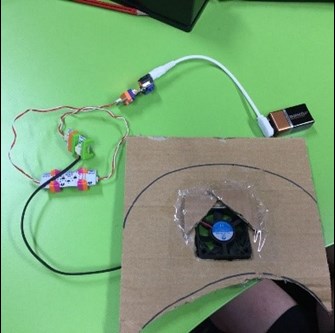
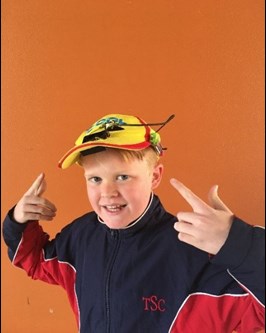
Pictured above: A group’s project in the design, testing and early prototyping stages
Technology lessons allowed teams time to work on their product designs. Students sketched design ideas, experimented with resources, and then created a prototype using littleBits and solar panels. Teams maintained a website of their design journey and documented their progress.
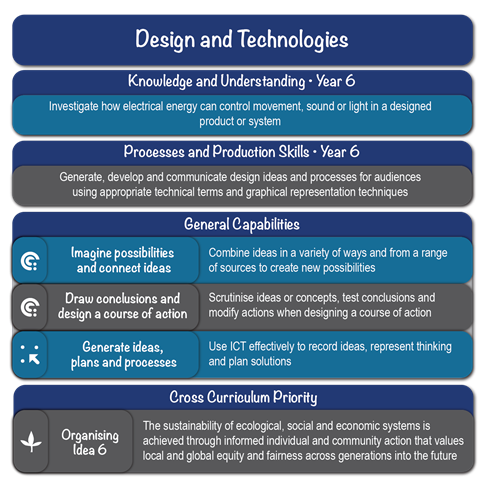
An involved community
The unit motivated students to boost community awareness of energy poverty and raise money to fund their involvement in the Solar Buddy initiative. They approached local businesses for donations and invited them to attend their Energy Expo. Students developed confidence in communicating an important message and inspiring support in their community. They were empowered by their learning to think about themselves as global citizens, agents of change, designers, engineers and young entrepreneurs.
A special event
The unit culminated in an Energy Expo, designed to showcase student learning and achievement during the term. The teams evolved into mock businesses; company names, logos, slogans and branding accompanied their solar products. Students displayed the results of their research into energy poverty and renewable energy, as well as their design journey and solar product prototypes. They were well-versed in their product pitch, engaging parents, local businesses and other members of the community alike. Student teams produced working prototypes of their solar products, which included a solar powered fan hat, a wireless mail notification system, a solar-powered bin light, a sensor-enabled stick for the blind, a wireless door-opener for the elderly, a vibrating teacher–student notification system and a solar-powered plant watering system.
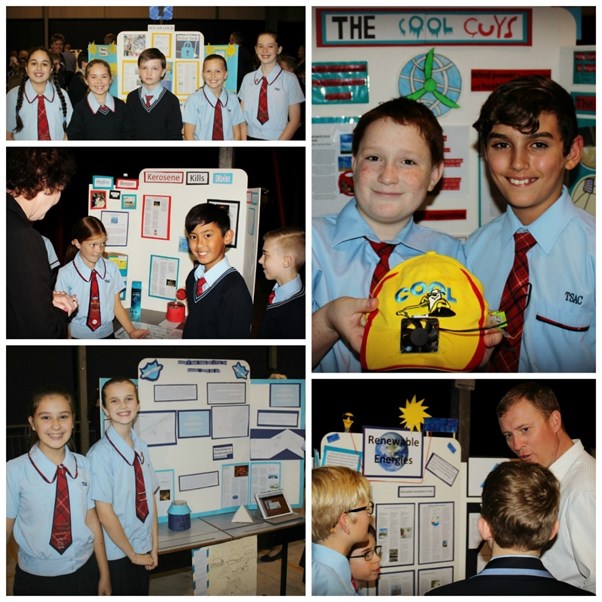
Pictured above: Students presenting their solar products prototypes and research findings at their Energy Expo
A story of success
Teachers were impressed with the unit outcomes. The unit combined curriculum objectives in a way that solicited a high level of student engagement and motivation. Students developed skills articulated in the General capabilities, for example …. Students engaged in content covering Science, Mathematics, Design Technologies, Geography, English and The Arts, while making connections with Cross-curricula priorities of the Australian Curriculum, including concepts of Sustainability and Australia’s Engagement with Asia.
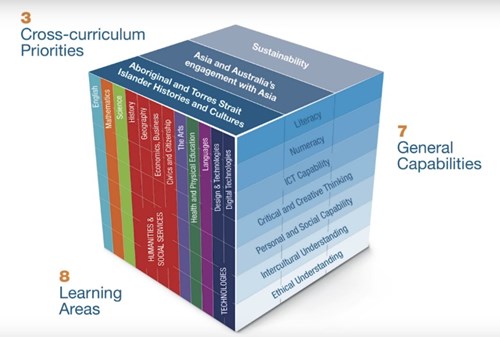
As a result of the Solar Buddy initiative, students considered ideas such as global citizenship as well as ethical and intercultural understanding. Students became critical and creative thinkers and developed their personal and social capabilities as they designed their own products to help others. They also felt they had ownership over their learning, the result being that students pushed the learning deeper and the objectives of the unit further.
This video was presented at the Energy Expo.
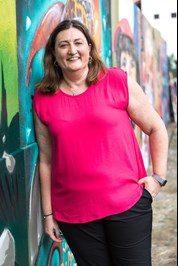 Kim Vernon is a new member of the ACARA Curriculum team. She is dividing her time between working as a Curriculum Officer on the NISA (National Innovation and Science Agenda) project and as a Curriculum Specialist for Digital Technologies, supporting Julie King.
Kim Vernon is a new member of the ACARA Curriculum team. She is dividing her time between working as a Curriculum Officer on the NISA (National Innovation and Science Agenda) project and as a Curriculum Specialist for Digital Technologies, supporting Julie King.
Kim has spent the past nine and a half years in Singapore, leading the implementation of the UK computing program at the British International School. With her main passion being computational thinking, Kim has published an ibook to support teachers in understanding this element of the curriculum.
Kim has qualifications in early years and primary education and has worked in primary schools in Sydney, the United Kingdom and Singapore. She has held various positions in schools, including deputy principal, HPE coordinator and head of technology. Kim has worked as a consultant with IMDA Singapore, supporting the roll-out of a coding curriculum to 160 preschools with over 400 teachers. She has spent the past 18 months assisting schools across the Asia-Pacific region to implement Digital Technologies through workshops and leading lessons in classrooms.
What is the NISA project?
The National Innovation and Science Agenda project supports the implementation of the Australian Curriculum: Digital Technologies in disadvantaged schools across Australia. It is expected that by participating in this project, teachers will develop their Digital Technologies knowledge, understanding and skills, and in turn, enhance students’ computational thinking and ICT capability.
The new-look Australian Curriculum website was launched in July 2017. While the look and feel has changed, the content remains the same.
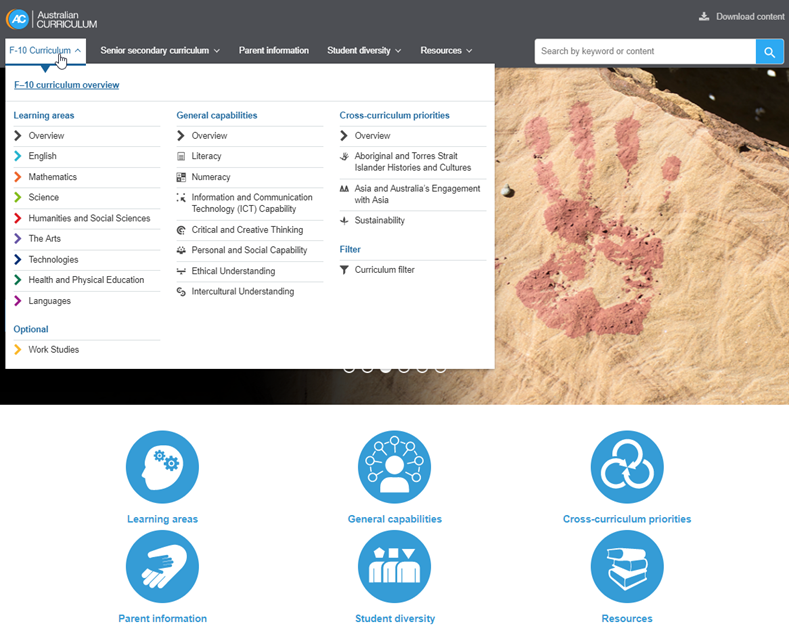
IMAGE 1: New icons and quick access to parent and student diversity pages
Features
New features of the website include:
- easier and more versatile search functions to enable teachers to locate year level content, achievement standards and resources quickly and accurately.
- greater prominence of parent information pages and student diversity information, available on the home page
- quick links provided to resources and new materials
- one-click access to the help centre and social media pages
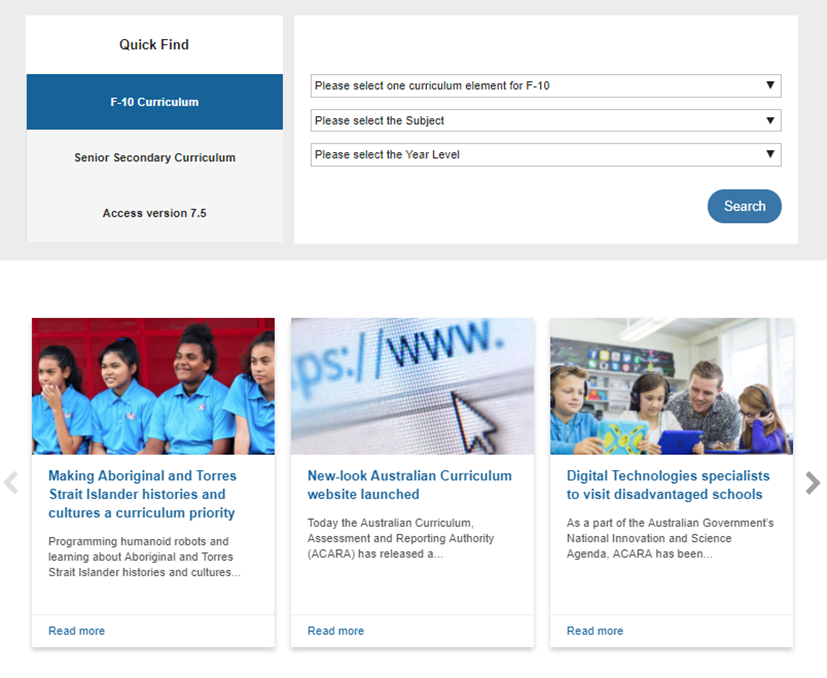
IMAGE 2: New filter function on the website
Guide
Watch the explanatory video to see how to navigate the website https://www.australiancurriculum.edu.au/resources/
Resources
The new-look ‘Resources’ section was also released in August 2017. This section contains a wide variety of resources and information for teachers to use as they implement the Australian Curriculum.
Included in the ‘Resources’ area are:
- work samples from across learning areas
- Aboriginal and Torres Strait Islander Histories and Cultures illustrations of practice
- curriculum connections for outdoor learning, food and wellbeing, food and fibre, and consumer and financial literacy.
- Mathematics proficiencies
- STEM illustrations of practice
- primary curriculum information

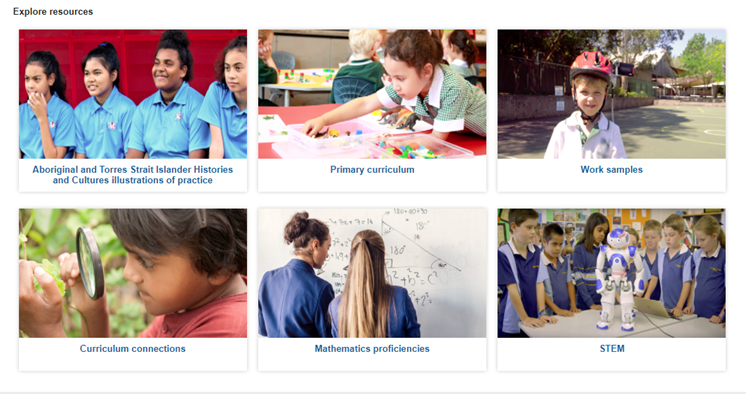
IMAGE 4: Wide variety of resources included in the resource area
Users of the older version (7.5) of the Australian Curriculum can still access this version by going to a link on the homepage. Note that version 7.5 of the Australian Curriculum will only be available until the end of 2017.
